It’s time to take care of your body.
Today, I want to share my opinion on knee braces from a different perspective that can help you have an intelligent conversation with your doctor or physical therapist.
What are the top reasons why and when you should wear a knee brace?
Do you have any knee pain, stiffness or instability due to injury or arthritis? If so, there are many types of braces that can help support your knee and make movement easier.
I’ve been wearing a knee brace for more than 20 years because of injuries I sustained when playing basketball at the age of 16-years old. My knees never quite recovered from the surgery, but I found that knee braces provided excellent stability, even for everyday activities like shopping, walking, standing, sports and games.
They are also great for exercises!
When doing repetitive movements or workout routines the knee brace will help you maintain a better form. I can personally speak to this as an avid weight lifter myself.
What are some of the knee pain problems you should know about?
Knee pain is one of the most common reasons why people visit their doctors office. When properly fitted with a knee brace it can help relieve or prevent pain by reducing stress on your knees joints and muscles, decrease swelling and inflammation, improve balance, support weak ligaments or tendons, aid in recovery after injury and provide support for people who are recovering from surgery.
My first recommendation is to see your doctor or physical therapist about getting a brace that fits properly so you can start protecting, supporting and improving the stability of your knees. If you have pain in either of your hands, wrists or elbows, I recommend reading my article on braces for carpal tunnel syndrome as well!
If you don’t know where to begin, this article is the perfect start for your research.
What does a knee brace actually do?
Knee braces are made from different types of materials like plastics, leathers and neoprene’s. One knee support can be used by the medically ill, active sports participants or for daily activities to provide support, improve balance and strength.
Be sure to ask your doctor about bracing BEFORE you try this on your own. Your doctor will have access to a wide variety of options as well has having knowledge on how each of them functions best in helping you with each of your individual problems.
If you think this may help you, do yourself a favor and consult with your physician before buying anything that could complicate or hide something more serious which is why I am writing this article with over 20+ years of experience with all kinds of knee braces that exist in the market.
I am not trying to sell anything or personally benefit by writing this article, I just want to share what has helped me over the past 20 years and potentially help you as well.
A knee brace is a tool in managing the discomfort of knee pain. The right brace helps reduce pain by shifting your weight off the most damaged portion of your knee while still allowing you to walk comfortably and get around feasible. Wearing a brace can improve your ability to do sports activities or play games as well as exercise without running into trouble with symptoms of injury or recovery, propelling you towards success!
Is it ok to wear a knee brace all day?
While there are tons of braces out there, not all are meant for constant use throughout the day. In fact, if you have an injury that requires wearing a brace then chances are you should continue using it until it’s healed or your doctor recommends otherwise. If you feel like something is wrong with your knee then seek advice from your doctor and get a personalized plan that is right for you!
Generally speaking, you should wear a knee brace every day for as long you probably can. I personally recommend asking your doctor about how long he thinks you should wear your specific brace. Simply because everyone is different and has different problems so expect to have more than one if needed.
How do I know if I need a knee brace?
If you are experiencing any of the following symptoms, you should consider wearing a knee brace:
• Pain that interferes with your daily activities and can’t be addressed by over-the-counter medications
• A feeling like something is “catching” or “pinching” when you move your knee
• Difficulty going up and down stairs, on and off the toilet, getting in or out of a car or bed, walking around the house or using public bathrooms
• Sudden swelling after an injury that doesn’t go away within a day or two
• Persistent tenderness or bruising in your knee joint
• A history of knee problems, injury or surgery
If you are unsure if a knee brace can help your specific situation, we have listed out the TOP 5 reasons why you should consider getting one.
- For support and stability – If you spend a lot of time on your feet or moving around, wearing a knee brace can help reduce discomfort while providing additional stability to your injured knees.
- While recovering from injury – Wearing a knee brace during recovery may speed up healing time and give some extra support while protecting the area from further damage.
- While participating in sports – Whether you are an athlete, coach or a personal trainer here is the thing: your knees will be under a lot of stress. Add to that the constant impact during training and while playing and you can see why anyone would need knee support.
- To help with alignment – A knee brace may help improve posture by realigning the knees correctly for increased stability during activities or even daily walks!
- For extra warmth & compression – If you live in a cold area and spend a lot of time outdoors snowboarding, skiing or walking your dog then wearing a knee brace on top of the warmest clothes in your closet will give you extra protection from harsh weather conditions that tend to make your knees ache all day.
Which knee brace do I need?
Before going ahead with a purchase of a knee brace you should ask yourself these three (3) questions:
What is the purpose of buying a knee brace?
When do I plan on wearing my new brace?
What type of knee brace am I looking for?
I will introduce and explain the 4 most popular braces and how they can help you just now. I’ll go over what each one does, when to use them and who might benefit from them.
Let’s begin with prophylactic braces.
A prophylactic knee brace is normally used for prevention of injury or the reduction of injuries. It is a hindrance to the actions of an athlete designed to decrease the amount of stress placed on joints and muscles during exercise, which can lead to more efficient performance. They are also known as Prevention Knee Braces, Stability Knee Braces, Running Knee Braces or Sport Knee Braces .
Who they benefit:
Prophylactic knee braces are usually worn by athletes who protect themselves from sports injuries and commonly wear them in soccer, football, track & field athletics, baseball (position players), basketball and hockey; professionals prefer these kinds of knee braces over other models because they do not typically affect an athlete’s performance.
You can also use these braces for other sports where you need stability and protect the knee from injuries such as yoga, gymnastics, weight lifting etc.
The second type of knee braces are functional braces
Functional braces are best for active patients. They help protect the knees while allowing them to move freely, unlike other knee braces that are stiff and restrictive. These braces usually give a bit of support on either one side of the knee or both depending on the pain location (if it’s just one leg). Wearing functional braces will relieve stress off your body and increase endurance in patients with arthritis, ligament injury or instability .
Functional Knee Braces are perfect for those who:
After an injury (be it a sprain, muscle strain or meniscus tear) – you will probably need to wear your functional knee brace for 4-6 weeks until the pain on your knees has subsided. Depending on the type of incident that caused your instability you should begin with simple walking exercises and gradually begin exercising in your functional brace under the supervision of a physical therapist. The basic principle is to strengthen the injured muscles and ligaments surrounding the knee, improve balance and coordination. If wearing one particular brand prevents further soreness then sticking with it is recommended. You can switch brands after about four weeks at most.
The third type are rehabilitative braces.
Rehabilitative knee braces are designed with the sole purpose of helping patients with problems like arthritis, osteoporosis and joint pain. They will help stimulate these areas by forcing them to bear weight again. Because these braces provide a considerable amount of support (much more than a functional brace) they should only be worn under the supervision of a physical therapist.
The rehabilitative knee brace is often used for Runner’s Knee/ Patellar Tendonitis, Arthritis & Meniscus Tears.
And the fourth most common type of knee braces around are unloader braces
Unloader knee braces are designed to take stress off of the patellar tendon. The unloader knee brace is designed with a hinge at one end so that when it is bent the tension on the patellar tendon decreases. They do not immobilize or restrict motion in any way and should never be worn during sports that involve jumping, pivoting, kicking or running. Unloader knee braces are mainly used by patients who have pain in the front portion of their knees (the quadriceps) caused by problems like bursitis , osteoarthritis , meniscus tears or degenerative joint disease.
Should I wear a knee brace to bed?
In general it is always not advisable to wear a knee brace during sleep. However, in some cases it may be beneficial because sleeping causes your ligaments and tendons that hold the kneecap in place to be more lax than when you are awake. This makes them vulnerable to injury from overuse. This is a highly individual preference, so if you feel that you need to wear your knee support brace during the night, just try it yourself. If you feel uncomfortable at night or when you wake up, it’s probably best to avoid wearing the brace at night.
The same thing occurs when you are sitting for a long time without movement.
This increased laxity is also dangerous because it could allow your kneecap to dislocate, even after an injury has healed.
Some studies say that you should wear knee braces to bed to protect your knees from injury. But at the end of the day this comes down to personal preference. So if you’re comfortable wearing your brace at night, just continue to do that. And if you wake up due to an uncomfortable feeling or even pain, just leave the brace away and put it on when you wake up.
Do you wear knee braces over or under pants?
It is important to keep the knee brace as close to your skin as possible. This will help prevent irritation from sweating and reduce friction when you’re walking around in it. If you feel most comfortable wearing your knee brace over your pants, then go for it. But if the warmth of the weather causes you to sweat a lot under the brace, then try wearing it under your pants instead.
What is the correct way to put on knee braces?
The first thing you should do is loosen your knee brace up a bit from its original form. Try bending it a few times to get it into the shape that might be more comfortable for you. You can also gently twist it around so that different parts of your knee make contact with it, instead of just having one part in the middle.
Next, place your hand through the opening at the top of the brace and secure one end around your patellar tendon (the sides of your kneecap). At this point try to bend and straighten your knee several times while holding on to both ends of the brace. This will help ensure a good fit.
Last but not least, make sure your knee brace fits comfortably around your kneecap area and doesn’t make any skin folds or loosen up after it’s been tied. Finally, wear your new comfortable knee brace and start moving.
When should you not wear a knee brace?
Although knee braces are designed to help stabilize and protect the knee, there are a few situations where they should not be used.
The first situation is at night in some instances. As you probably already know, while sleeping our ligaments are more lax than when we’re awake, so it’s best to avoid wearing your brace while you sleep or nap. When waking up in the morning make sure that you do some simple exercises before putting on your brace again for the day. The reason behind this is because while you were asleep your muscles could have stiffened up from the lack of use during the night.
Another thing to consider is whether or not you can fit your brace under clothing comfortably. Again if doing certain activities causes too much strain on part of the knee brace you should take it off or adjust it accordingly.
A knee brace can be helpful for people with weak knees, but if your knee is already strong enough to support your joints and ligaments you probably don’t need to wear one.
Last but not least, a brace can help relieve pain caused by old injuries. If your symptoms are very minimal however, then there’s no real reason why you shouldn’t go without wearing a knee brace altogether. Again this all depends on the person and their specific situation, so make sure that before making any decisions about whether or not you should wear a brace every day that you speak with a doctor first.
Conclusion
In conclusion, knee braces are intended to reduce the risk of injury and pain. It’s important to make sure that when you wear your brace it is not too tight and is able to move with your knee. So talk with your doctor if you have any questions about whether or not a knee brace would be beneficial for you.





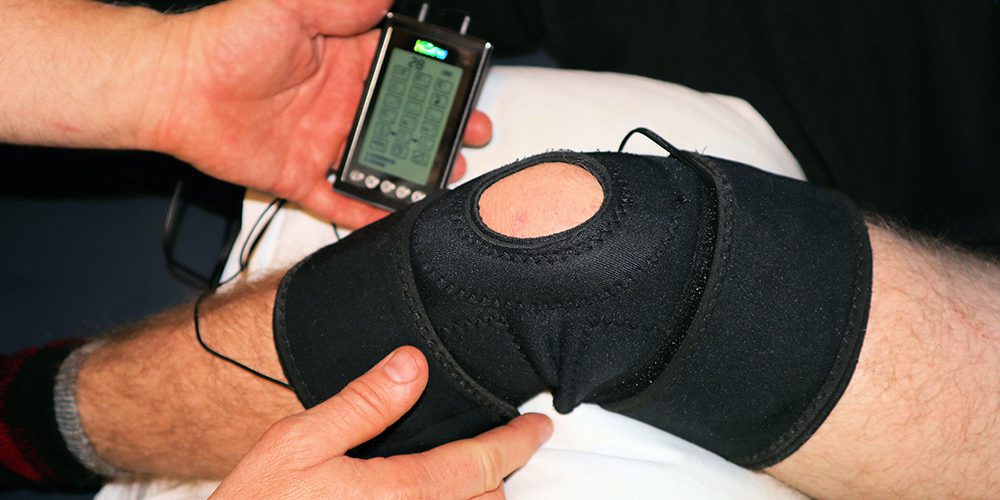







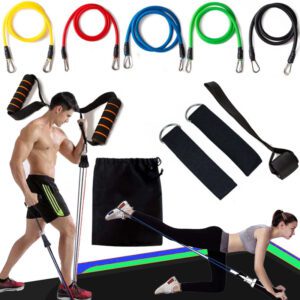


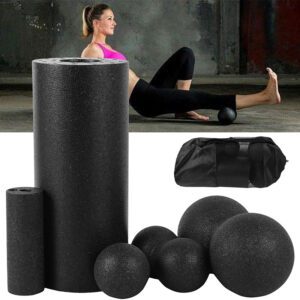

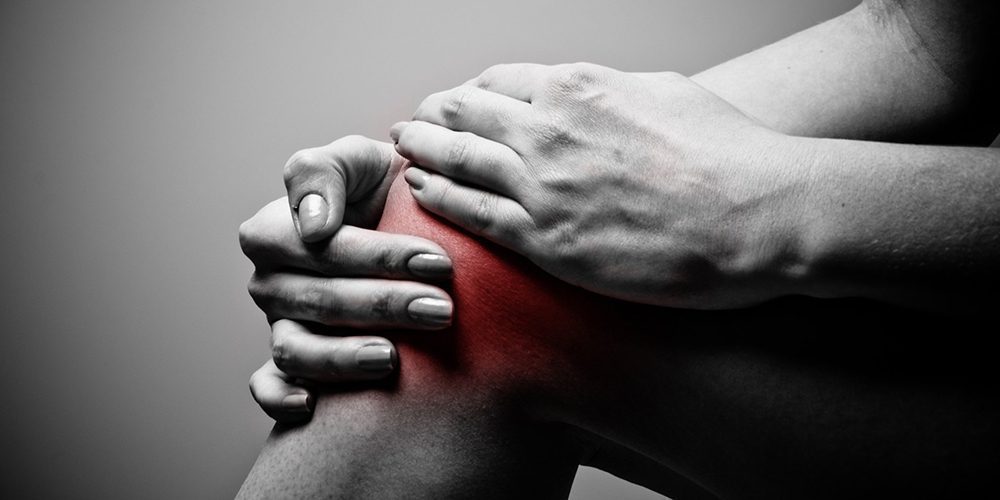
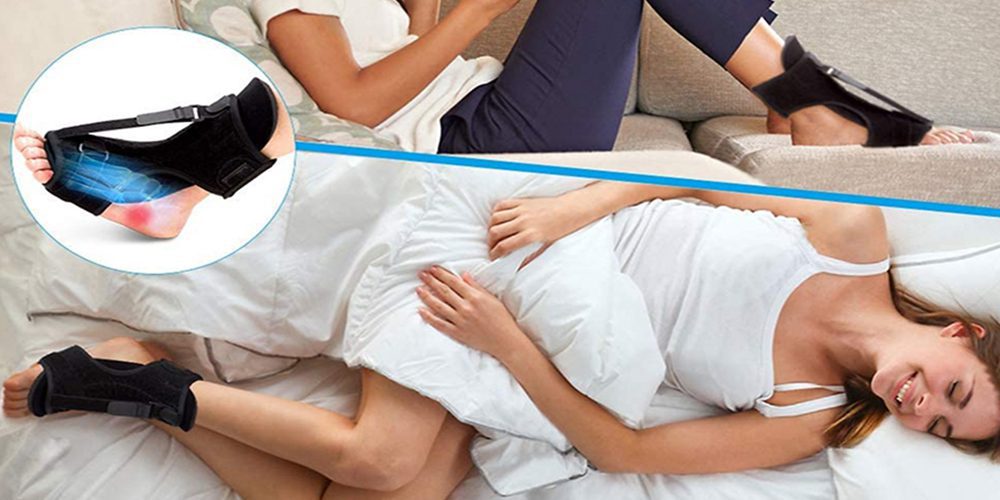
5 Responses
One place says wear brace at night and three paragraphs down it says do not wear the brace at night
my knees are sore should i wear a brace
I have sore knees maybe jumpers knee getting better should i still wear a brase
I had a knee injection.can I wear an ace bandage or knee sleeve?
Yes, absolutely. You can wear a sleeve, wrap, bandage or brace as you like. just make sure you don’t wear it too tight.